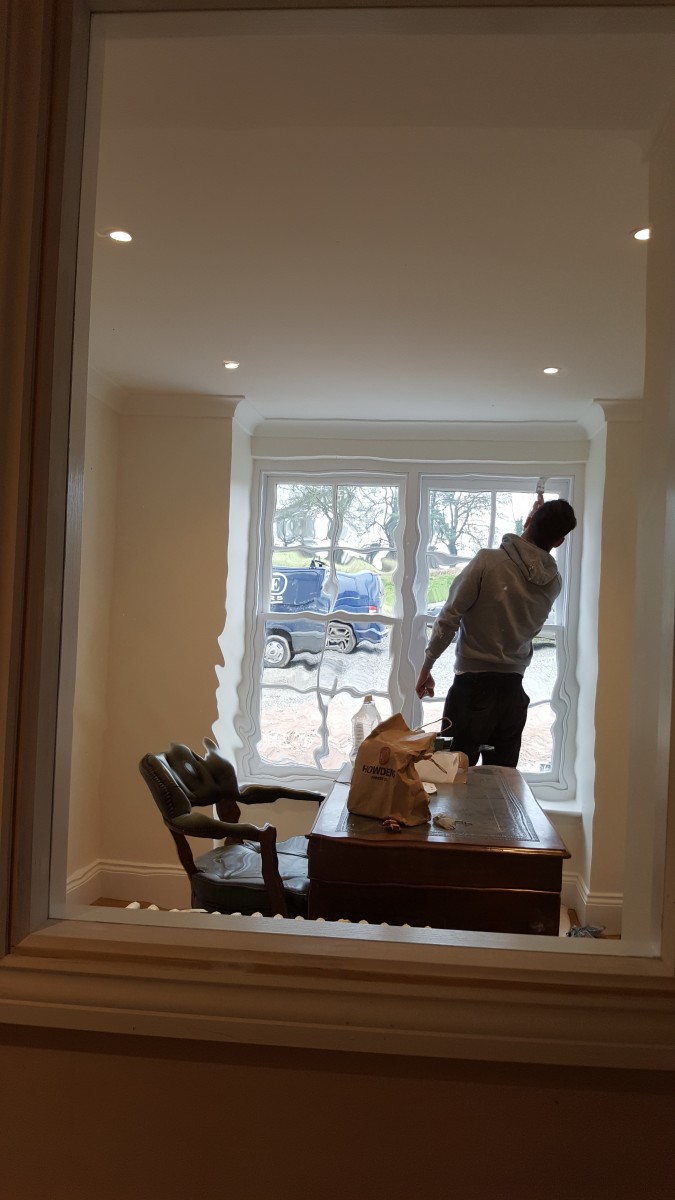Restoration Glass - Important Finishing Touches

Although we're not a glazing company, glass forms and integral part of our projects. Selecting an appropriate glass for any job is very important, not only for safety and energy performance but also for aesthetics. You might of noticed when looking at old windows or any type of old glazing that the glass is not "perfect". Near perfect glass is a pretty recent thing, only during the 1960's did "float" glass become widespread thanks to the developments made by Alastair Pilkington and Kenneth Bickerstaff. Before their innovation in production, glass was much more costly to produce as the processes were much more labour intensive. Here's an overview of some of those earlier methods. Early glass would often be described as "Crown Glass", the process of making this glass would require blowing a hollow globe, followed by flattening, reheating then spinning to produce a piece of glass that could be cut to size. The wonderful video from LambertsGlas shows the process brilliantly.
Cylinder Blown Sheet Glass was another method that was used, similar in many respects to Crown Glass but large panes could be made this way. In this method a large cylinder is made the ends are cut off and the glass cools. The glass is then heated, cut and unrolled. The video below from Stockholms Glassworks Skansen is another brilliant demonstration.
There were other processes too, more industrial in nature that sought to make glass more cost effective. None came close to the Pilkington float method. What all these early glass making methods share is some degree of defect that sets them apart from modern methods. These defects add a subtle change in the perspective, a wobble would be a good description, that softens the look and makes it feel much more appropriate for period work. We are able to obtain and use restoration glazing methods when required, and in addition to those authentic methods, some versions of that glass can now be used as safety glass. The photo above is a piece of laminated restoration glass, you can see the amount of "wobble" very clearly. And thankfully, due to the laminated specification it's safe within this context too. One of the issues with old glass is there was no safety glass used in areas where we now consider it to be essential. Thankfully modern innovation can create the appropriate look while at the same time keeping us safe.
If you're planning some heritage joinery work, do think about the type of glazing. Yes costs will be a bit higher and the waiting time for a finish product might be increased but the final piece will be worth the effort, look excellent in a period building and help maintain our rich and diverse built environment.
